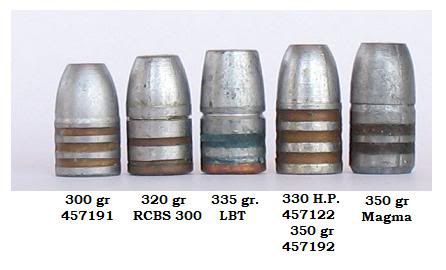MarlinCollector,
The group sizes are for 5 rounds on an average day. 3 of the 5 rounds are always between 1 1/2 to 2". Best 5 shot group to date was 1.67" @ 100.
My barrel has a restriction under the rear sight, one of these days I'm going to fire lap it. That will probably improve things somewhat. Also, if my eyes were younger, that would help too. A more accomplished shooter could also do better, no doubt.
One thing about the 457122/20/296/.45 Colt load, the accuracy holds up over longer distances. Some guns may shoot fine @ 100 but at 300 yards, the bullets are flying all over the place. Not so with this load. It works, even at 500 meters!
.45 Colt chambers run a bit larger on the average. I have 3 Ruger Blackhawks and the Marlin Cowboy and that is the case with them.
A friend of mine bought a Winchester '92 in .45 Colt a few years ago. He could not get it to shoot 250 gr. cast or jacketed bullets at all - groups of 3" + @ 50 yards. He is an accomplished Camp Perry competitor and trieda number of different load combinations with no luck.
One day we were at the range and I gave him some of the .457"457122/20/296/.45 Colt to try. They chambered fine and he shot a nice 1" group @ 50 yards with them. He was very happy to say the least.
For my Marlin, I can load the 457122's to about 1.71" long, crimpng behind the front driving band. They will work through the magazine fine at that length.
I have also loaded them to William Iorg's 1.60" length, crimping over the front driving band. Accuracy seems to be about the same either way.
William, that makes 2 Winchester's, 1 Marlin, and 3 .45 Colt Rugers that will chamber .45 Colt cartridges loaded with .457" bullets.
John





